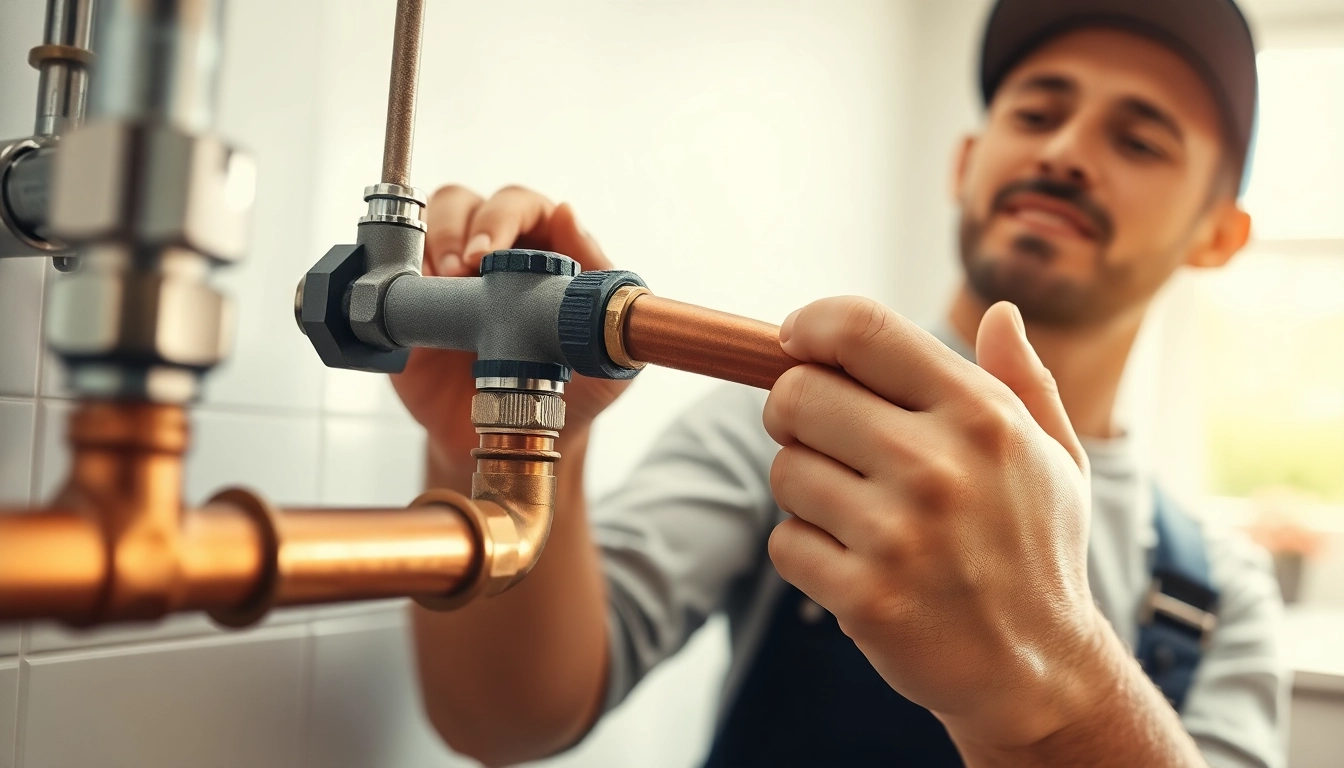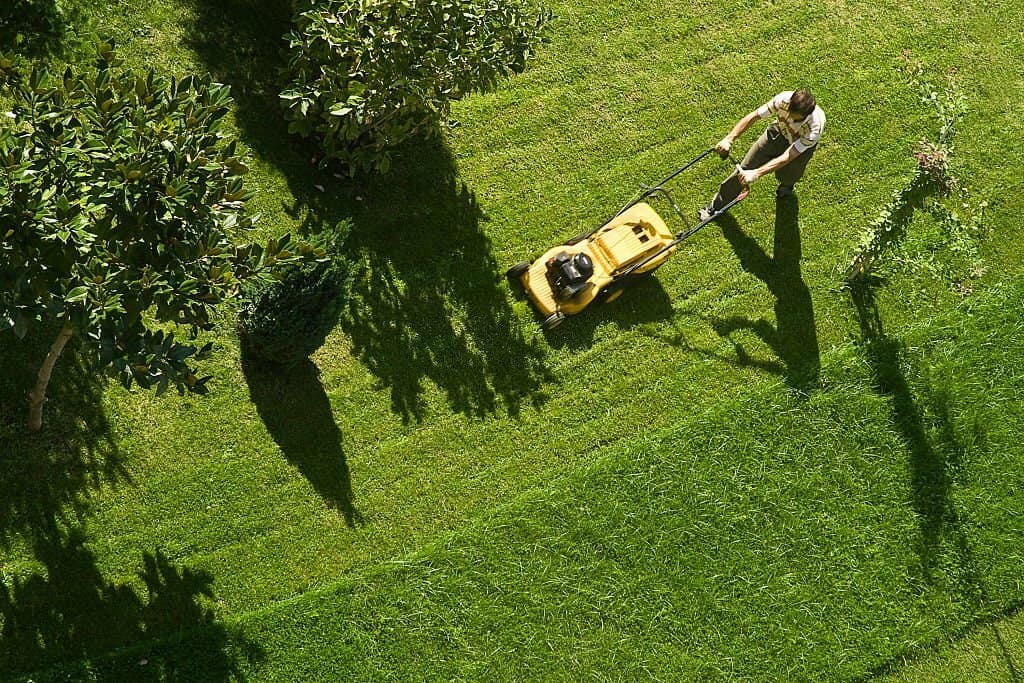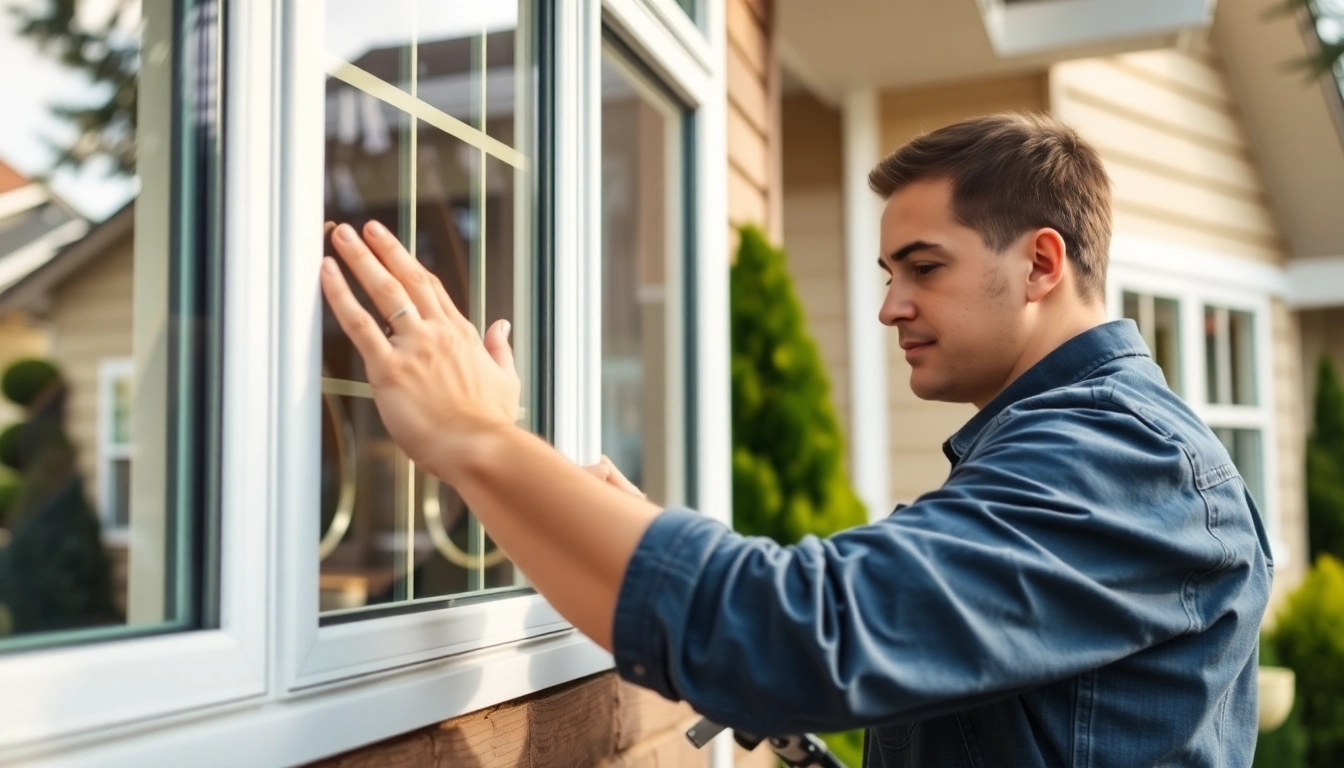Understanding Plumbing: The Basics of Water Systems
What is plumbing and why it matters?
Plumbing is a critical infrastructure component for any building, serving as the lifeblood of modern living. It refers to the systems, including pipes, fixtures, and valves, that manage the flow of water and waste in residential and commercial structures. The significance of plumbing cannot be overstated; it ensures access to potable water and the safe disposal of wastewater, both of which are essential for health and hygiene. The plumbing systems are designed to operate under specific standards, ensuring safety, efficiency, and sustainability while catering to the needs of consumers.
Key components of plumbing systems
A comprehensive plumbing system comprises several key components that work together to deliver clean water and remove waste. The primary elements include:
- Pipes: These convey water and waste to and from various fixtures throughout a property.
- Fittings: Connect and redirect pipes, ensuring that water flows seamlessly where needed.
- Fixtures: Include any appliance that uses water, such as sinks, toilets, and showers.
- Valves: Control the flow of water and help in isolating sections of the plumbing system for repairs or maintenance.
- Tanks: Used for storing water, such as hot water heaters and sump pumps, which are vital for system functionality.
Common plumbing terminology explained
To navigate the world of plumbing effectively, it’s essential to understand the terminology involved. Some common terms include:
- Drainage: The system responsible for waste removal.
- DWV (Drainage, Waste, and Vent): A system of pipes that allows for the efficient removal of waste and ventilation.
- Backflow: The unwanted reverse flow of water in a plumbing system, which can lead to contamination.
- Trap: A curved section of pipe that holds water and prevents sewer gases from entering the home.
Identifying Plumbing Issues: Symptoms and Solutions
Signs of plumbing problems you should never ignore
Recognizing the signs of plumbing issues is vital to prevent larger problems down the line. Key indicators include:
- Dripping faucets: This indicates a worn-out washer or O-ring.
- Slow drains: Often a sign of blockage or buildup in the pipes.
- Unpleasant odors: A sign of sewage problems or stagnant water.
- Changes in water pressure: Low pressure may indicate leaks, while high pressure can damage pipes.
DIY plumbing troubleshooting techniques
For minor plumbing issues, homeowners can try several DIY troubleshooting techniques:
- Check for leaks: Inspect all visible plumbing for signs of water dripping or pooling.
- Clear clogs: Use a plunger or a plumber’s snake to clear blocked drains.
- Inspect water pressure: Adjust or repair the pressure regulator if necessary.
- Flush the water heater: Remove sediment build-up for improved efficiency.
When to call a professional plumber
While DIY methods can be effective, some plumbing issues require the expertise of a professional. Call a plumber when:
- There is a major leak that cannot be contained.
- A complex clog persists despite multiple attempts to clear it.
- There are sewage backup issues.
- You are unsure about work that requires code compliance or permits.
Plumbing Maintenance: Keeping Systems Running Smoothly
Regular plumbing inspections and their importance
Annual plumbing inspections are crucial in preventing future issues. These inspections can identify potential problems such as:
- Corrosion in pipes that may lead to leaks.
- Blockages in drains or vents that can cause backups.
- Issues with your water heater or fixtures.
Regular inspections help prolong the life of the plumbing system and contribute to home value retention.
Best practices for plumbing maintenance
Maintaining a plumbing system requires ongoing vigilance. Here are some best practices:
- Monitor water usage: Excessive usage can indicate leaks or inefficiencies.
- Use strainers: Prevent debris from clogging drains.
- Insulate pipes: Protect them from freezing temperatures.
- Know your shut-off valves: Ensure they are accessible and functional in case of emergencies.
Preventative measures to avoid plumbing disasters
To avoid plumbing disasters, take these preventative measures:
- Avoid flushing non-biodegradable items down the toilet.
- Do not pour grease or food down the sink.
- Regularly clean faucets and showerheads to prevent mineral buildup.
- Periodically check the basement or crawl space for signs of leaks or moisture.
Advanced Plumbing Techniques: Upgrading Your Home Systems
Eco-friendly plumbing solutions
Incorporating eco-friendly plumbing solutions not only benefits the environment but also reduces water bills. Consider these options:
- Low-flow fixtures: Faucets and showerheads that use less water without sacrificing performance.
- Water-efficient appliances: Such as dishwashers and washing machines designed to use less water.
- Rainwater harvesting systems: Collecting rainwater for irrigation and other non-potable uses.
Modern plumbing technologies to consider
Advancements in plumbing technologies can significantly enhance home efficiency. Consider implementing:
- Smart home technology: Automated leaks detection systems that alert homeowners via smartphone apps.
- Tankless water heaters: These heat water on demand, reducing energy consumption.
- Smart irrigation systems: Such systems can adjust watering schedules based on weather data.
Planning for plumbing renovations and expansions
When planning plumbing renovations or expansions, consider the following steps:
- Assess needs: Determine whether you need additional fixtures or upgraded systems.
- Consult with a professional: Work with a licensed plumber to ensure compliance with local codes and regulations.
- Budget effectively: Account for material costs, labor, and unexpected expenses.
- Schedule work appropriately: Plan renovations during off-peak times to avoid disruption.
Emergency Plumbing: Handling Critical Situations
Common plumbing emergencies and how to tackle them
Handling plumbing emergencies swiftly can minimize damage. Common plumbing emergencies include:
- Burst pipes: Shut off the main water supply immediately and contact a plumber.
- Sewage backup: Avoid using sinks or toilets, and evacuate the area until help arrives due to potential health risks.
- Water heater failure: Shut it down, particularly if it is leaking, and call for service.
Essential tools for emergency plumbing repairs
Every homeowner should have a set of essential plumbing tools handy for emergencies:
- Plunger: Effective for clearing clogs in drains and toilets.
- Pipe wrench: Useful for gripping and turning pipes tightly.
- Tape measure: For measuring pipes and fittings during repairs.
- Utility knife: Handy for cutting through fixtures or tape.
- Flashlight: Essential for illuminating dark spaces while inspecting plumbing.
Creating a plumbing emergency plan
Having a plumbing emergency plan helps ensure everyone in the household knows how to respond. Consider these steps:
- Locate the main shut-off valve: Ensure everyone knows its location and how to operate it.
- List emergency contacts: Include your plumber’s phone number and other relevant services.
- Educate household members: Teach family members basic plumbing knowledge and emergency procedures.


